Deepfake videos are a threat to the integrity and trustworthiness of videos and images. By using artificial intelligence (AI) technology, subjects will create fake videos or images, copying portraits of relatives and friends to make online scam calls.
Most of these online scams are aimed at financial fraud. Users should be very alert when receiving calls related to financial content.
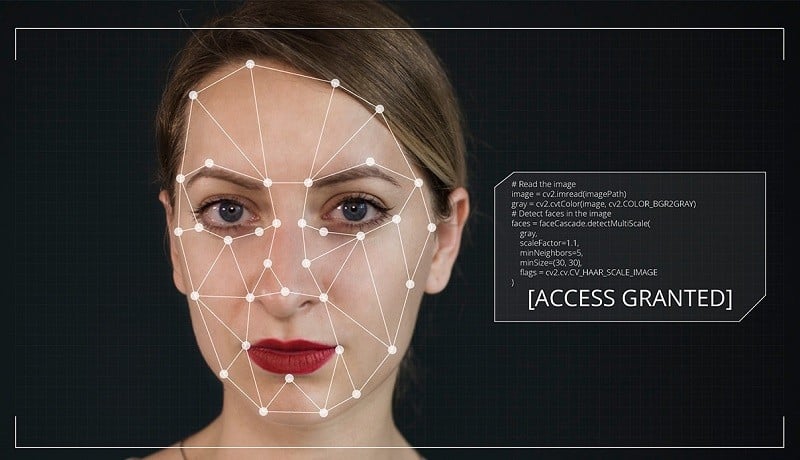 |
| How Does Deepfake Video Scam Call Work? |
How to Make a Deepfake Video Call Scam
Step 1: Use the algorithm to reconstruct the face and voice to match the facial features and expressions to:
- Impersonating relatives, friends or colleagues,..
- Impersonating government officials, police or prosecutors...
Step 2: Make voice/video calls with real-life voice images (via applications like FB/Zalo/Viber…).
Step 3: Ask the victim to transfer money or defraud them of personal information and bank accounts.
How to distinguish Deepfake video calls
Call duration is very short, only a few seconds, or the call is disconnected in the middle for reasons such as: loss of signal, weak signal, etc.
Take control of your phone or access data without permission.
Hair, skin tone and face are blurred compared to the surroundings, the video lighting is often not suitable for the context making the video look quite fake and unnatural.
Audio may not match mouth movements, there may be a lot of noise in the video, or no audio at all.
Money transfer requested but the transfer account does not belong to the person making the call.
Calmly verify the information
Please stay calm and verify the information below if you receive a call requesting an urgent money transfer:
- Contact relatives and friends directly through another channel to see if they really need money.
- Carefully check the account number requested to transfer money. If it is an unfamiliar account, do not proceed with the transaction.
- If you receive a call from someone claiming to represent the bank, hang up and call the bank directly to confirm whether the call was made by the bank.
- Poor quality or intermittent voice or video calls are a factor that makes you doubt the caller as well as the authenticity of the call.
How to prevent?
To prevent losses and protect yourself from these scams, customers should follow these instructions:
Always be wary of requests from unauthentic calls/SMS/emails, especially those asking to transfer money or install/activate/upgrade services.
Check the authenticity of requests by contacting the official channels of the telecommunications company, bank or government agency directly.
Banks will never ask customers to provide OTP/CVV code, pin code, card number via phone, SMS or any website/social network.
Source


































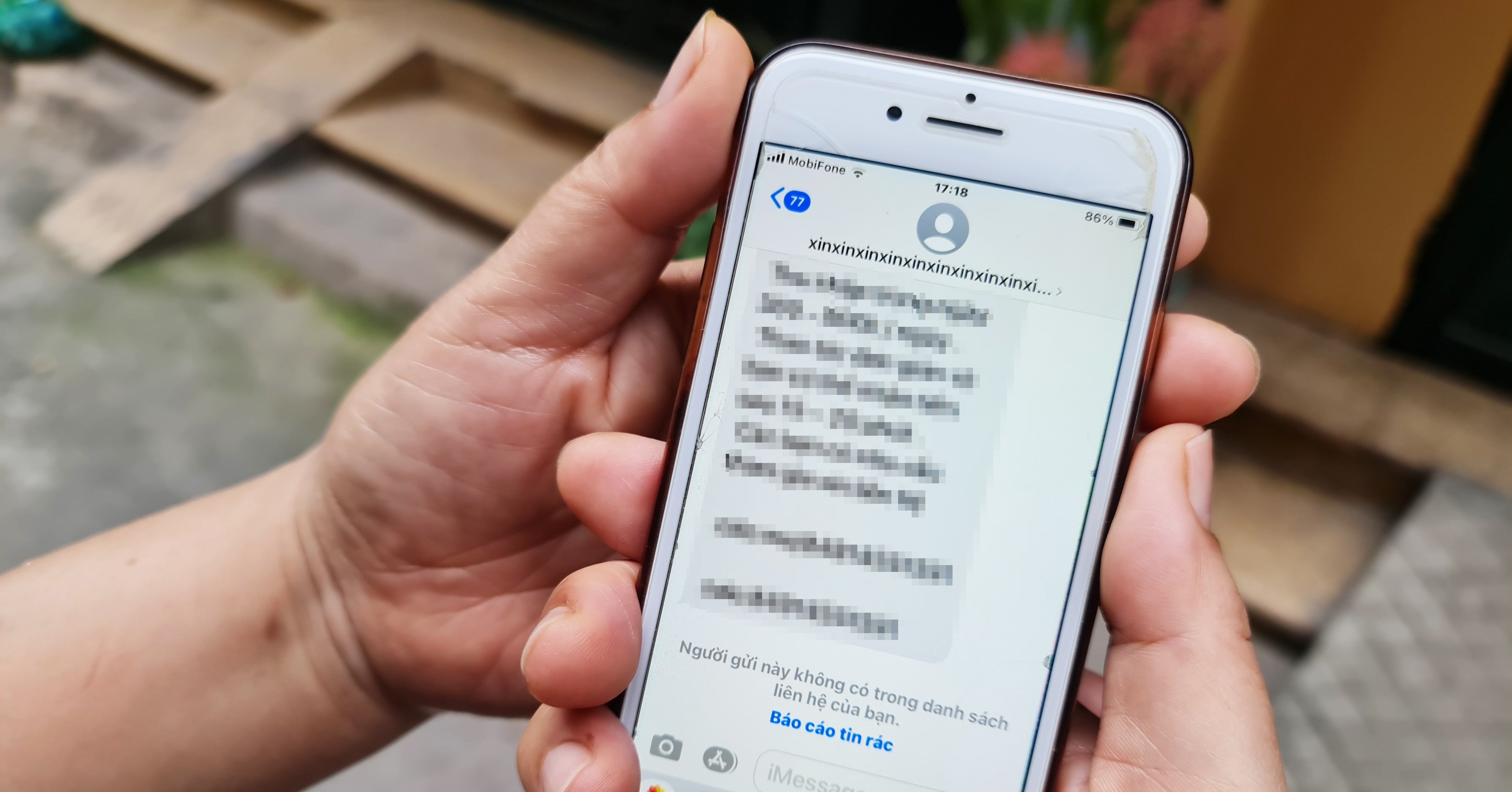

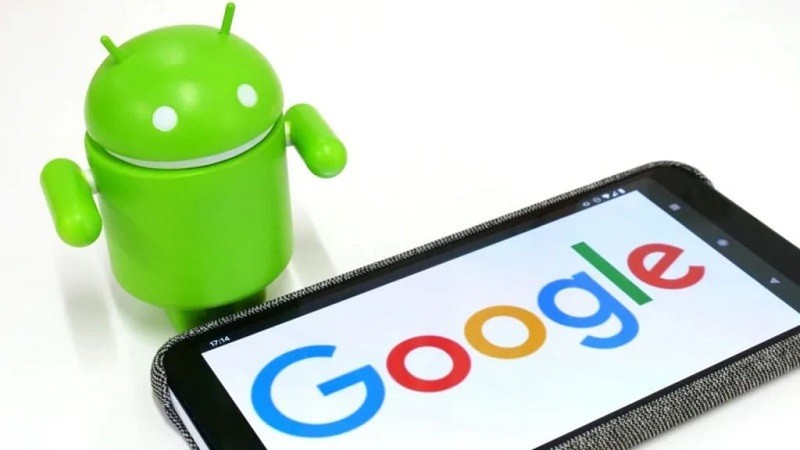
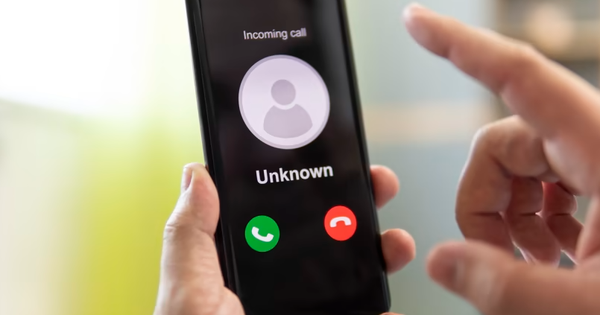
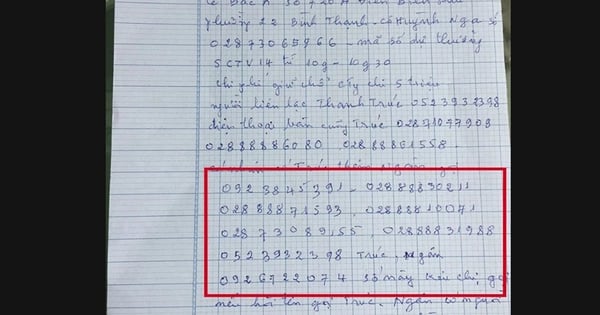



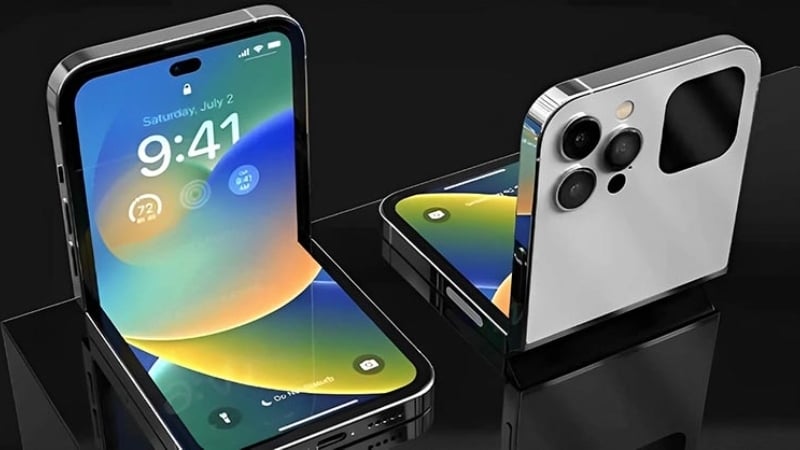
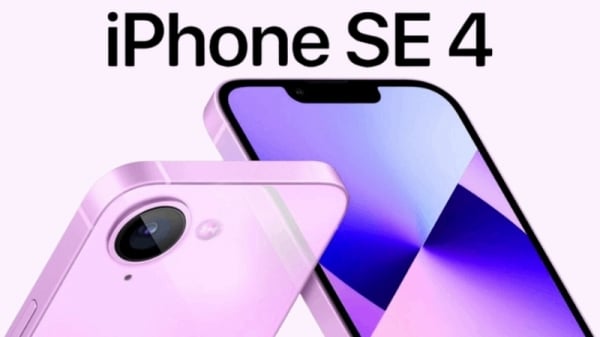
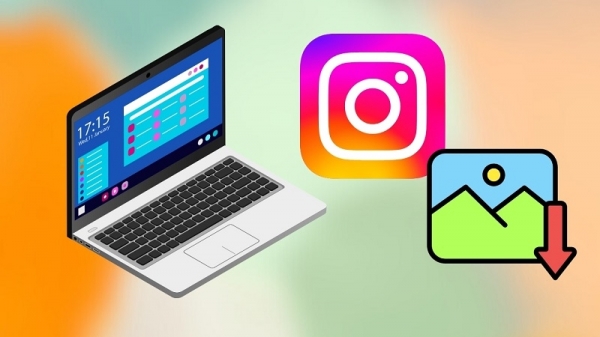
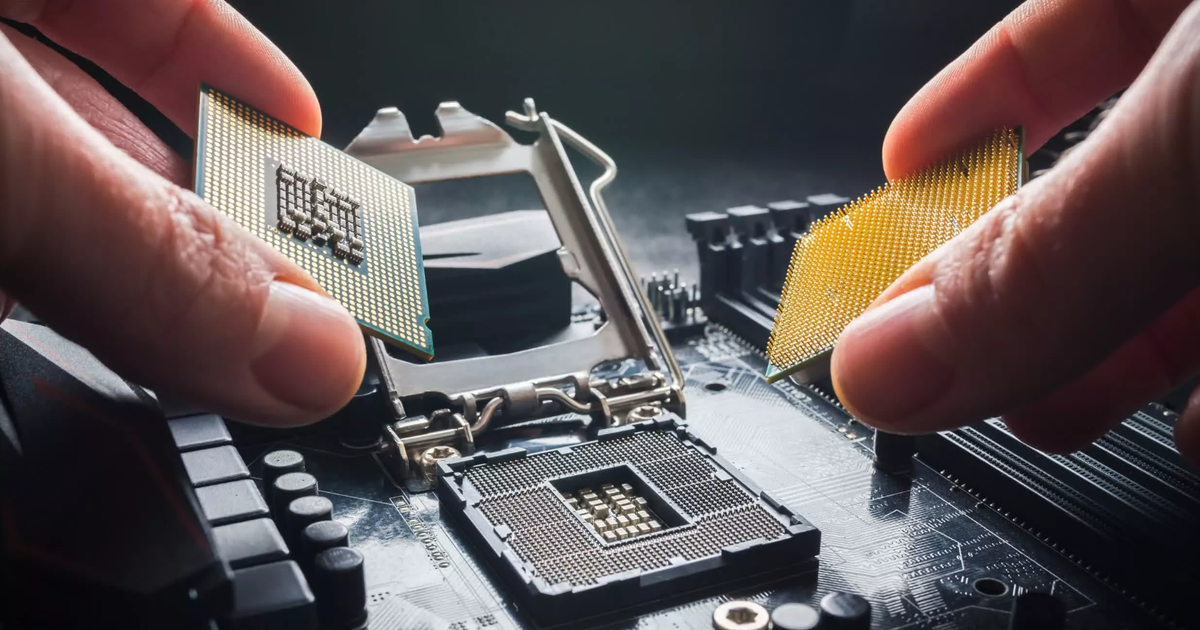


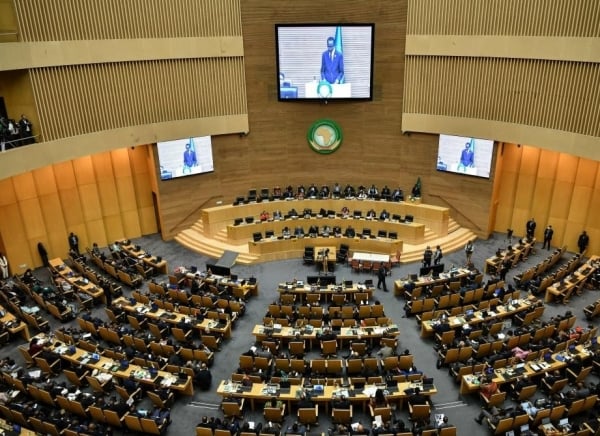
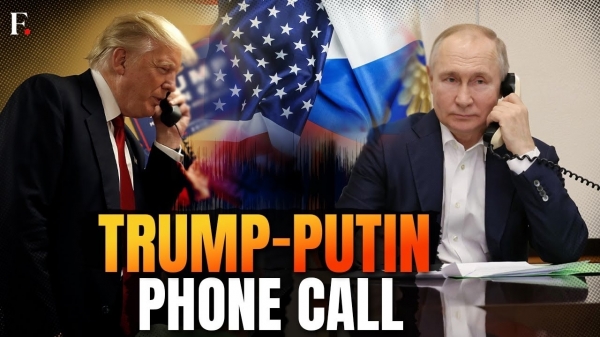

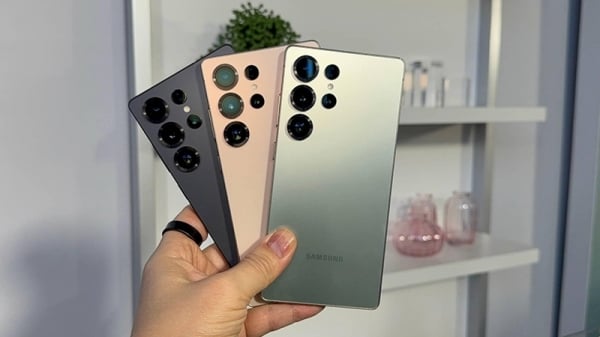












Comment (0)